- Home
- Spaces Unfolded - Installation
120 tapes, 10 loudspeakers, A.I. system, visuals
In collaboration with NASA & ESA scientists and research centers
Bergamoscienza & Contaminazioni Contemporanee festivals, Italy, October 2012
“Cosmic energies, pulses of stars, electromagnetic radiations become a choir and through the music renders the perception of the Deep Space (...) the energy becomes music, the scientific and cosmic materials become sound.”
(Style Magazine, Italy October 2012)
“(...) an ambitious project which unites personalities of undoubted scientific and artistic value”
(InSound Magazine, Italy January 2012)
Sample score
Spaces Unfolded is a multimedia installation for 120 tapes, 8 speakers & infinite sonic tree, based on artificial intelligence software designed by Avital and programmed by Giovanni Cospito which continuously re-compose the sonic materials inside it till (almost) infinity, and visuals. The A.I. is based on a complex conditional tree that follows rules of orchestration, dynamics, contours, climaxes and silence - much like a pre-composed work will follow.
Using elaborations of sound translations of cosmic energy created by the scientists, with the addition of transmissions of astronauts, signal communications and abstract materials, this work wishes to create a sensorial context in which the listener is diving into space, hearing flares and explosions from the sun, a chant from Saturn’s electromagnetic field but also the astronauts’ voices, the human part already in outer space. To give an example to non-scientists or musicians, in order to hear the sound of the sun, Professor Alexander G. Kosovichev accelerated the recorded data by the factor of 20,000. If you need to do a transposition like this on a piano keyboard, for example, you will need to build a keyboard with 20,000 octaves; it will start in a measure of 330 meters - 6.5 times an Olympic swimming pool!
All sound samples except the astronauts chants are elaborations of original material received from the scientists involved in the projects, through time stretches, filtering, reverberations and granulations. Voices heard in some of the samples are direct result of these operations and not an added sound.
*It is highly recommended to listen to these samples with decent earphones or speakers.
** Audio samples 01, 05, 07 are elaborations of sound translations by Philippe Zarka; 02, 04 by Alexander Kosovichev; 08, 09 NASA audio archives.
*** Sample 10 is a recording of the installation created for 8 speakers & 2 subwoofers to a stereo reduction. Due to that sound it might feel very full.
01 Jupiter firmus fragment
07 Saturn mantra fragment
08 Astronauts chant fragment
09 Astronauts chant fragment
10 except from Spaces Unfolded installation
The images and sounds used in the two compositions were given to Avital by the following entities:
NASA, ESA, ESO, the NASA/ESA Hubble, SDO NASA, SOHO NASA/ESA, Observatoire de Paris, University of Stanford. Yuval Avital would like to thank personally Marcello Coradini, Philippe Zarka, Alexander G. Kosovichev, Giovanni Cospito, Alessandro Bettonagli (Bergamoscienza), Christophe Carreau (ESA), Lars Lindberg Christensen and Martin Kornmesser (ESO), Bernhard Fleck (SOHO), Dean Pesnell & Steele Hill (SDO).

Giovanni Cospito
Professor of electroacoustic music composition at G. Verdi Conservatory in Milan. Leading Italian expert at computer music and electronic music. Head of LaSDIM, Laboratory for Experimental Teaching of Computer Science and Music, he holds masterclasses, seminars and training courses of IT music in Italy and abroad. His works have been performed, among others, at “Ferienkurse fur Neue Musik” in Darmstadt, the “Fylkingen Ny Music & Intermedia Konst” of Stockholm, the “Festival international des musiques et créations électoniques” of Bourges, “Les musiques du future” of Lyon. He has set up multimedia works for the Accademia di Brera in Milan, Opera Total in Venice, Teatro Carlo Felice in Genova. He is the author of many installations including: the soundscape "Train", a tribute to Cage, sound and interaction design for the pavilion of the Maserati, International Exhibition, Paris 2009. He has collaborated with AGON and IRCAM centers. Collaborates with Avital & Magà Global Arts since 2011.
 Marcello Coradini
Marcello Coradini
Coordinator of NASA/ESA projects and one of the founding fathers of modern Italian and European planetology. Noted for the research in Italy and his work at ESA (the European Space Agency) on the wind erosion action on Mars, and on Mercury, Coradini is one of the creators of Comparative Planetology. In ESA he is also in charge of programs of the Solar System Exploration. Editor of the international journal Planetary and Space Science. With his experimental work he has developed new techniques for the simulation of an asteroid impact on a planetary surface. For the first time in laboratory experiments, he was able to prove the existence of magnetic processes completely unknown up to then, outcome for which he received the Special Award for “Oustanding Scientific Achievements” of NASA. For its laboratory simulations regarding the formation and fracturing asteroid processes, the “International Astronomical Union” has given his name to the asteroid 4598. “The European Geophysical Union” (EGU) has awarded Coradini with the Golden Badge Award for his work in support of planetology science. He is author and co-author of more than 120 scientific papers, technical and outreach.
 Philippe Zarka
Philippe Zarka
Astrophysicist, Research scientist at LESIA (Laboratoire d'Etudes Spatiales et d'Instrumentation en Astrophysique) of the Observatoire de Paris - CNRS. Leading expert of low-frequency radio astronomy and its applications to planetary plasma physics (including the search for radio emissions from extrasolar planets). He has been a NASA & ESA collaborator in many space missions including Voyager, Ulysses, Cassini, and Juno. He is author and co-author of more than 150 scientific papers, books and book chapters. He teaches radio astronomy and physics of the magnetosphere, and popularizes astronomy. For this latter purpose, he has invented an innovative system of translation of electromagnetic dynamic spectra (intensity versus time-and-frequency images) into sound. For this work "Unfolding Space & Spaces Unfolded" he provided translations into sounds of Jupiter, Saturn, and Solar electromagnetic radio waves, as well as Black hole X-ray variations. Philippe Zarka profile on www.lesia.obspm.fr/
 Alexander G. Kosovichev
Alexander G. Kosovichev
Astrophysicist, Research scientist at LESIA (Laboratoire d'Etudes Spatiales et d'Instrumentation en Astrophysique) of the Observatoire de Paris - CNRS. Leading expert of low-frequency radio astronomy and its applications to planetary plasma physics (including the search for radio emissions from extrasolar planets). He has been a NASA & ESA collaborator in many space missions including Voyager, Ulysses, Cassini, and Juno. He is author and co-author of more than 150 scientific papers, books and book chapters. He teaches radio astronomy and physics of the magnetosphere, and popularizes astronomy. For this latter purpose, he has invented an innovative system of translation of electromagnetic dynamic spectra (intensity versus time-and-frequency images) into sound. For this work "Unfolding Space & Spaces Unfolded" he provided translations into sounds of Jupiter, Saturn, and Solar electromagnetic radio waves, as well as Black hole X-ray variations. Philippe Zarka profile on www.lesia.obspm.fr/

 Marcello Coradini
Marcello Coradini Philippe Zarka
Philippe Zarka
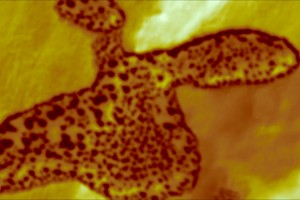
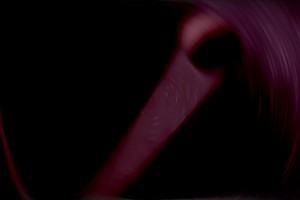
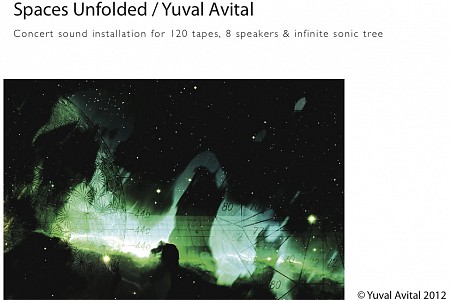
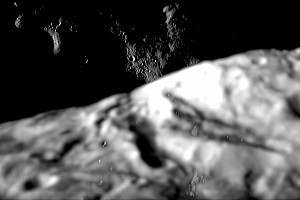
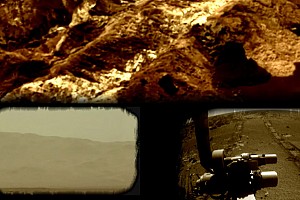
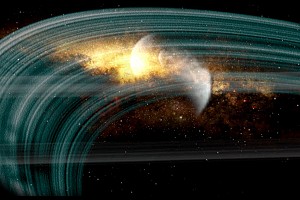
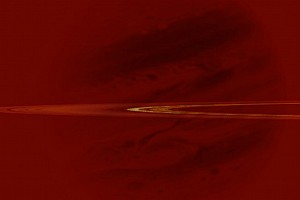
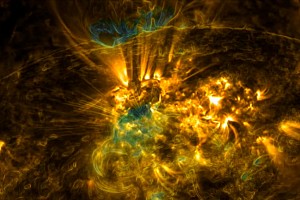
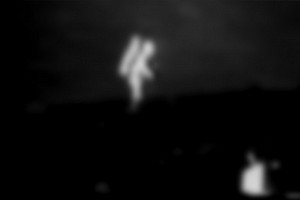
 Alexander G. Kosovichev
Alexander G. Kosovichev